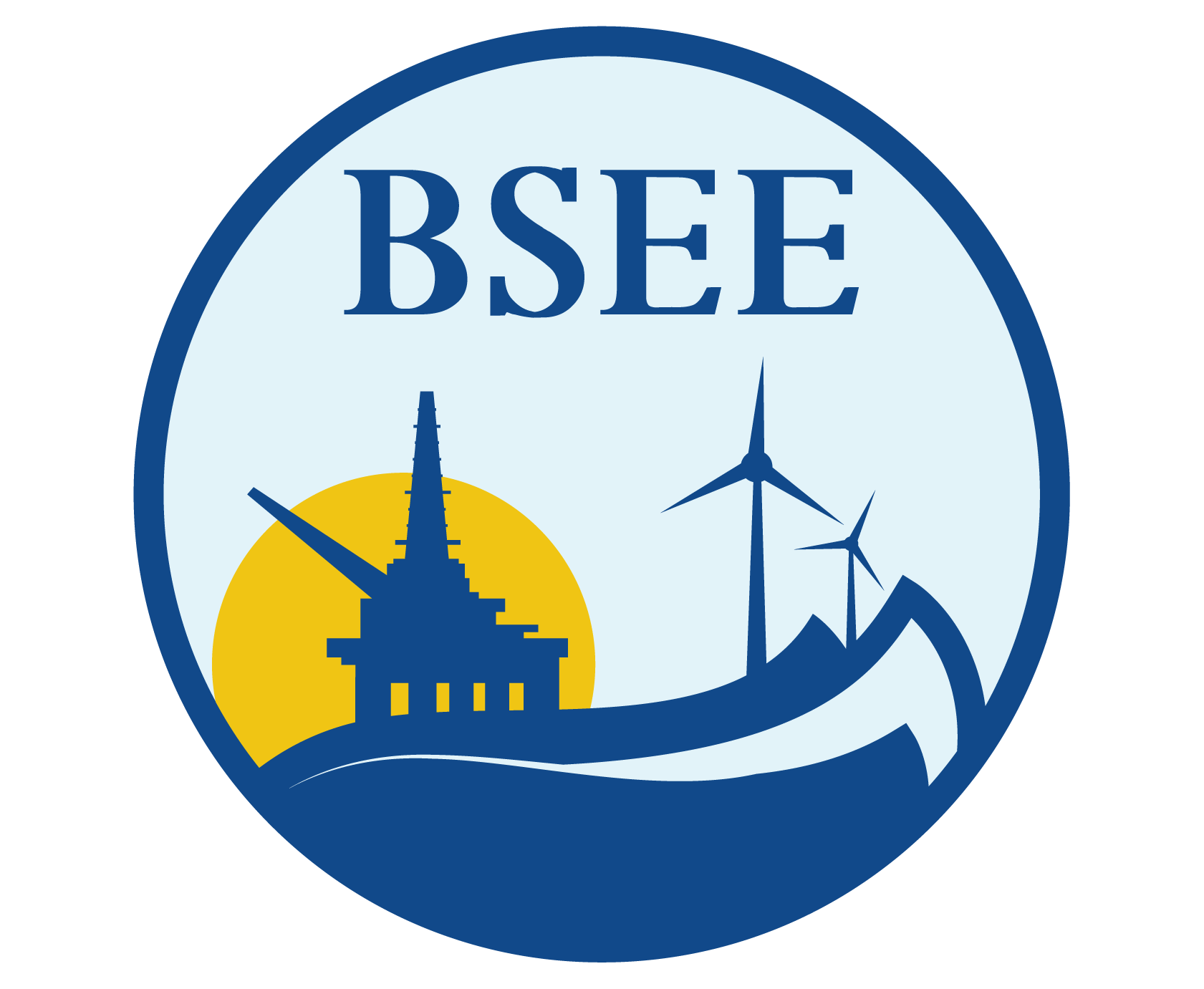TAP-622-Impact of Marine Growth on Pipeline Risers for Floating Facilities JIP
The objective of this study was to assess the presence and condition of marine growth on floating facility riser systems in the Gulf of Mexico and practices used for inspection, removal and mitigation.
